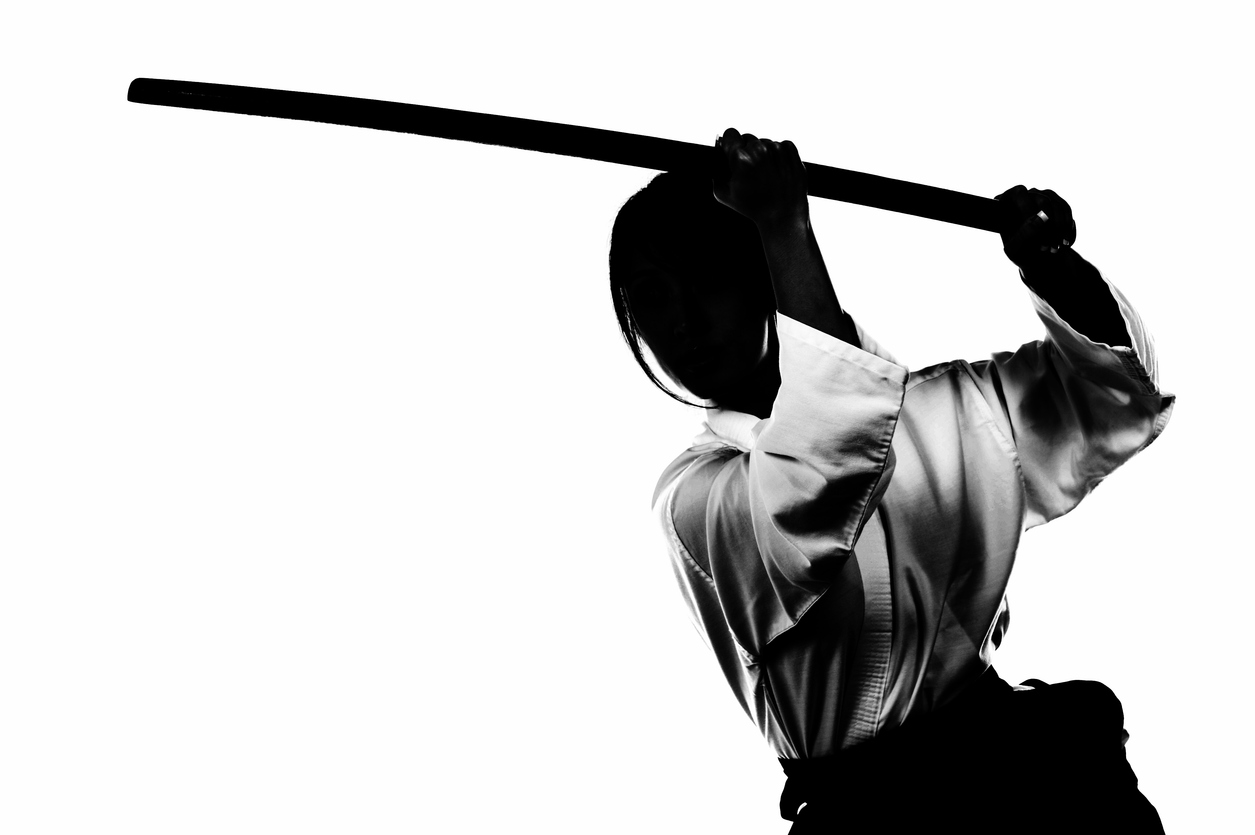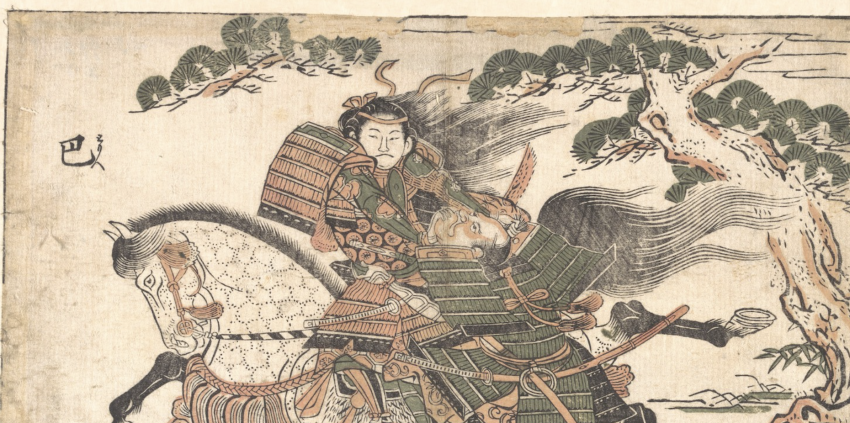Following the critical and commercial success of "Ghost of Tsushima," a video game centered on the Mongol invasions of Japan, Sucker Punch Productions has announced a follow-up: "Ghost of Yotei." Set several centuries later in northern Japan, gamers will play as Atsu, a dual sword-wielding female warrior.
Unfortunately, there is a vocal gendered backlash online about the inclusion of Atsu over the previous male protagonist, Jin. Nevertheless, her inclusion as a main character gives us an opportunity to learn more about women fighters in Japanese history. Also, although Atsu has not been identified as a samurai per se, we’ll be focusing on samurai because of their pop cultural power. So, keep reading for a quick primer on these women warriors, their duties and their experiences on the battlefield.
Did Women Samurai Exist?
The short answer is yes. Throughout several periods of Japanese history, women have held the status of samurai. But before delving deeper, we have to cover a few points.
What Were Samurai?

When we think of samurai, images of battle-hardened, stoic, sword-wielding warriors often come to mind. This makes sense based on most Western popular culture, which equates samurai with warriors.
In reality, however, the role of samurai in Japanese history changed over time. The word samurai comes from the Japanese verb, saburau (to serve). Their status in Japanese society depended on the period and context. During the Heian period (794-1185), for example, samurai were mid-ranking members of the imperial court who served higher-ranking members and the imperial family. Although samurai duties may have included combat, they were, for the most part, civil servants.
By the Edo period (1603-1868), samurai had become the highest of the four social classes. They were ahead of farmers, artisans and merchants. But there were ranks within the samurai status, too. This status affected all aspects of daily life, from occupation and place of residence to clothes and income. And, in an age of relative peace, samurai roles shifted increasingly away from fighting actual battles.
Yet, because our perception of samurai continues to be one based on the battlefield, we’ll mainly deal with that aspect of female samurai life.
The Duties of Female Samurai

Female samurai had varying experiences with combat and their roles were dependent on the place.
Combat Training
During the Edo period, women who belonged to the samurai class were required to undertake martial training, often learning how to wield a naginata (curved blade at the end of a long staff). However, the intensity of that training greatly depended on the region. For example, in some less wealthy areas, samurai women were encouraged to take up sewing and literacy training instead to benefit the economic status of the family. Meanwhile, in Mito (Ibaraki), using the naginata was more based on spirituality and discipline than actual combat. But, as we’ll see in the cases below, some women were proficient in the art of war and excelled on the battlefield too.
Defending the Home
Samurai women and men learned the techniques of war to protect their homes. Our sources for female participation in large-scale conflicts are scarce, but some exist. If and when women did take up arms, it was much more likely in smaller encounters, like warding off an intruder, and such small-scale events often escape the historical record.
Click here to read more.
- External Link
- https://savvytokyo.com/
 Get your ticket to GaijinPot Expo 2024
Get your ticket to GaijinPot Expo 2024















1 Comment
Login to comment
JeffLee
I didn't realize that Kurosawa movies and the like were "Western popular culture."